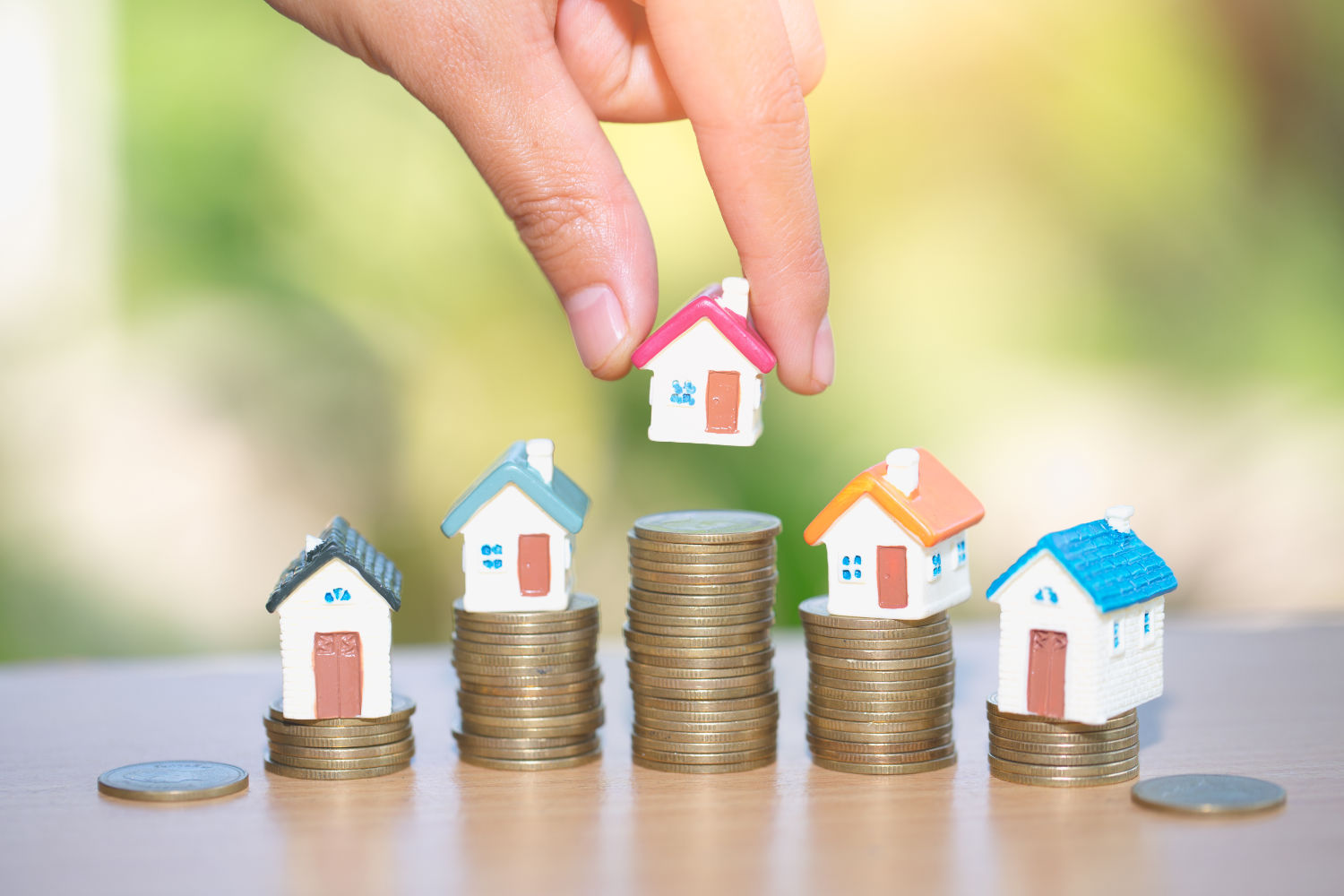How to Calculate ROI on a Rental Property
- Mar 06, 2024
- 5 min read

Did you know economists consider real estate one of the best recession-proof investments you can make? This is because real estate investing is a long-term game that isn’t affected by short-term occurrences.
However, you shouldn’t just purchase any property that comes your way. Real estate investors know the importance of calculating ROI and assessing a property’s market value before buying a potential investment.
If you don’t know what ROI means, let alone how to calculate it, then keep reading. We’ll teach you how to calculate ROI on a rental property and how you can use this information to maximize the passive income on your rental property investments.
What Is ROI?
ROI stands for return on investment. It measures how much money (profit) you will make on an investment, calculated as a percentage of the cost of the investment.
Investors use ROI for all investments to identify if an investment is sound. Calculating ROI on rental properties is invaluable because it’s easy to inflate and manipulate the numbers to show that a real estate investment is better than it is.
Fear not if you’ve already invested in the real estate market but never calculated ROI. You can always use a rental property calculator to identify whether to sell or continue renting the property.
How to Calculate Rental Property ROI
The easiest way to calculate the potential return for a property is to subtract the annual operating costs from the annual rental income and multiply it by 100.
Here we’ll walk you through determining ROI on a rental property with and without a mortgage. In each example, the property’s purchase price is $500,000, and the monthly rent is $3,500 (or $42,000 annually).
Example With a Mortgage
A mortgage will affect your rental property’s ROI because you make a smaller down payment. Thus, you aren’t investing as much cash upfront. However, closing costs are higher when financing a property.
Let’s say you put down 20% of the sale price, or $100,000, and your closing costs are $10,000. Your total investment cost is $110,000.
With a monthly rent of $3,500 and a monthly mortgage payment is $2,500, your monthly net profit is $1,000 (or $12,000 annually). To calculate ROI, divide the net annual profit by the total investment and multiply it by 100:
$12,000 / $110,000 x 100 = 10.9%
This is a great ROI.
Example Without a Mortgage
Now, consider buying a property without a mortgage. If your closing costs were $5,000, your total investment is $505,000. Now you don’t have a monthly mortgage payment, and your net annual profit remains at $42,000.
$42,000 / $505,000 x 100 = 8.3%
As you can see, your ROI is lower but still decent. It’s important to note that when you make a cash down payment, you’ll have much more home equity, which is also a powerful financial tool.
Why It’s Important to Know a Property’s ROI Before Buying Real Estate
Rental ROI calculation lets you know roughly how much you can gain from an investment. When you know the potential ROI, you can better grow your real estate investments to maximize returns.
But what do investors consider a good ROI? While it widely depends on your investing goals, the average annual ROI for residential real estate is around 10%. This includes the following property types:
- Condos
- Duplexes
- Single-family and multifamily homes
- Townhouses
Experts consider anything above 10% an exceptional ROI. However, most investors are comfortable with an ROI of 5% to 10%.
Metrics for Calculating Rental Property ROI
It seems straightforward to calculate ROI on an investment property. But several additional metrics are needed to get a more accurate calculation.
There are plenty of ways to make more on your properties and achieve a higher annual return when considering these metrics.
Cash Flow
Cash flow is the amount of money remaining each month from your rental property after paying all operating expenses. These expenses include:
- HOA fees
- Insurance
- Maintenance costs
- Mortgage
- Property management
- Property taxes
- Repair costs
- Rental income taxes
- Vacancy losses
Calculating cash flow is simple. Just subtract all expenses from the gross rental income.
Unfortunately, if your monthly cash flow is negative, you aren’t making any money on your investment.
Cash-on-Cash Return
Cash-on-cash return measures the annual cash flow based on the amount of cash initially invested, not the property value. This metric is important because it includes your mortgage and debt service.
To calculate the cash-on-cash return, divide the annual cash flow by the initial cash spent and multiply it by 100.
Net Operating Income
Net operating income (NOI) is similar to cash flow. It measures rental income minus the vacancy rate and operating expenses.
But, it doesn’t consider mortgage expenses.
You can calculate NOI by subtracting the operating expenses from the total annual income.
NOI is a helpful metric when comparing properties. You can identify returns without worrying about the details of different loan terms and interest rates.
Cap Rate
The capitalization rate estimates the rate of return. In other words, it’s the ratio between the income from a property and the original purchase price (not the amount of cash invested).
To calculate the cap rate, divide the NOI by the purchase price and multiply it by 100.
If the number is low, this means the investment is low risk. Conversely, a higher number means higher risk.
Appreciation
Appreciation is how much the value of a financial asset increases over time, and depreciation is how much the value of a financial asset decreases over time.
Even though the market fluctuates, real estate generally appreciates. This means when you sell, you’ll make more money.
Internal Rate of Return
Internal rate of return (IRR) measures the rate of return for a rental property during a specified period. Investors use this metric to compare similar properties.
Set the net present value (NPV) to zero and use projected cash flows for the rate of return calculation.
Increase Your Rental ROI With the Right Property Management Team
When you know how to calculate ROI on a rental property, you’ll be able to invest intelligently in the real estate market.
But after investing, you’ll also need to maintain your properties so you don’t lose money. Consider working with a property management company that thoroughly understands the rental market and can maximize your income, like the property management professionals at All County Property Management.
Get your free property management quote from our team today.
Ready to hire a
property manager?
With 82 locations across the U.S. servicing more than 30,000 residential properties, our experts are ready to help provide the best property management experience.
Find a Property Manager

